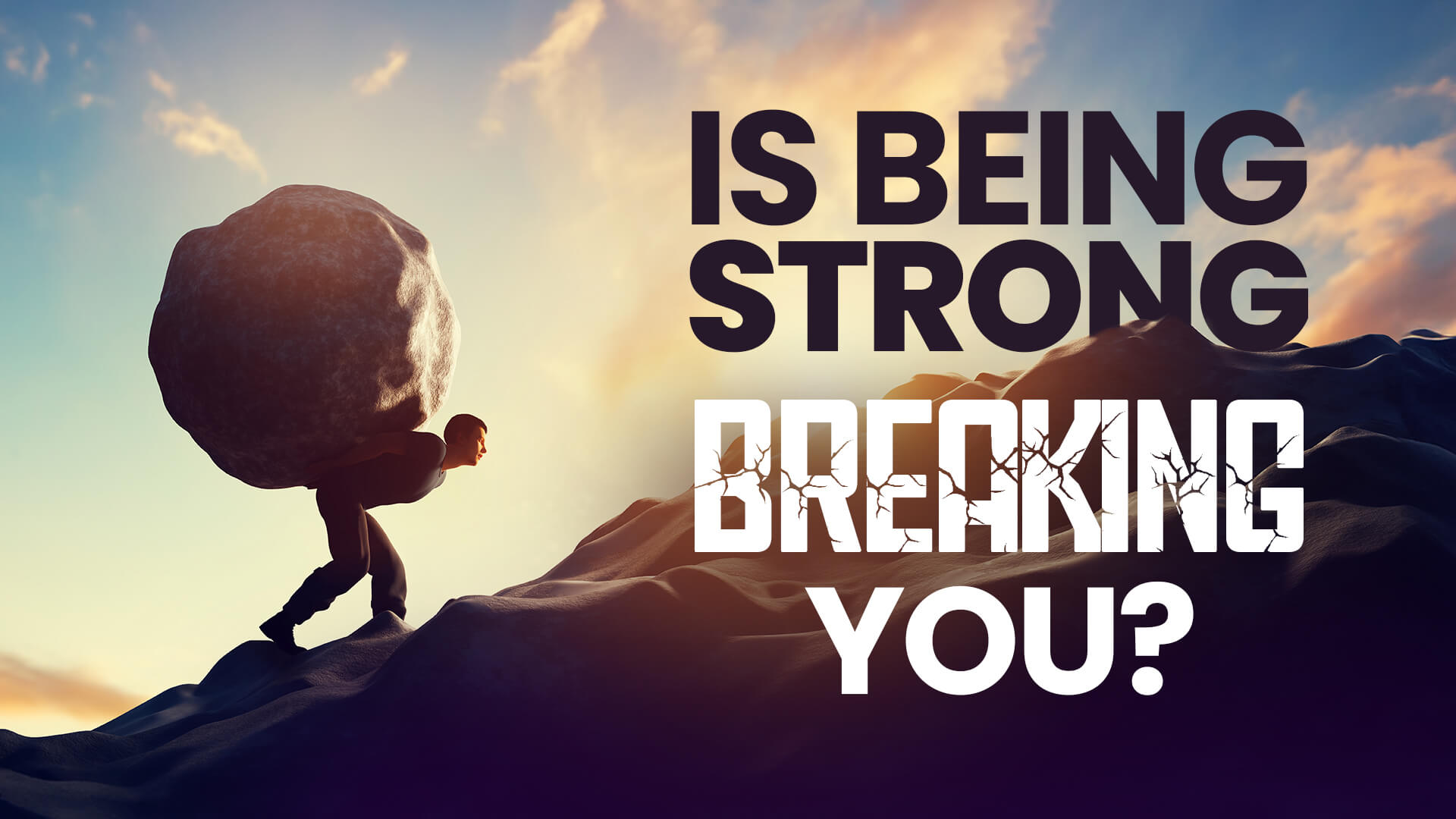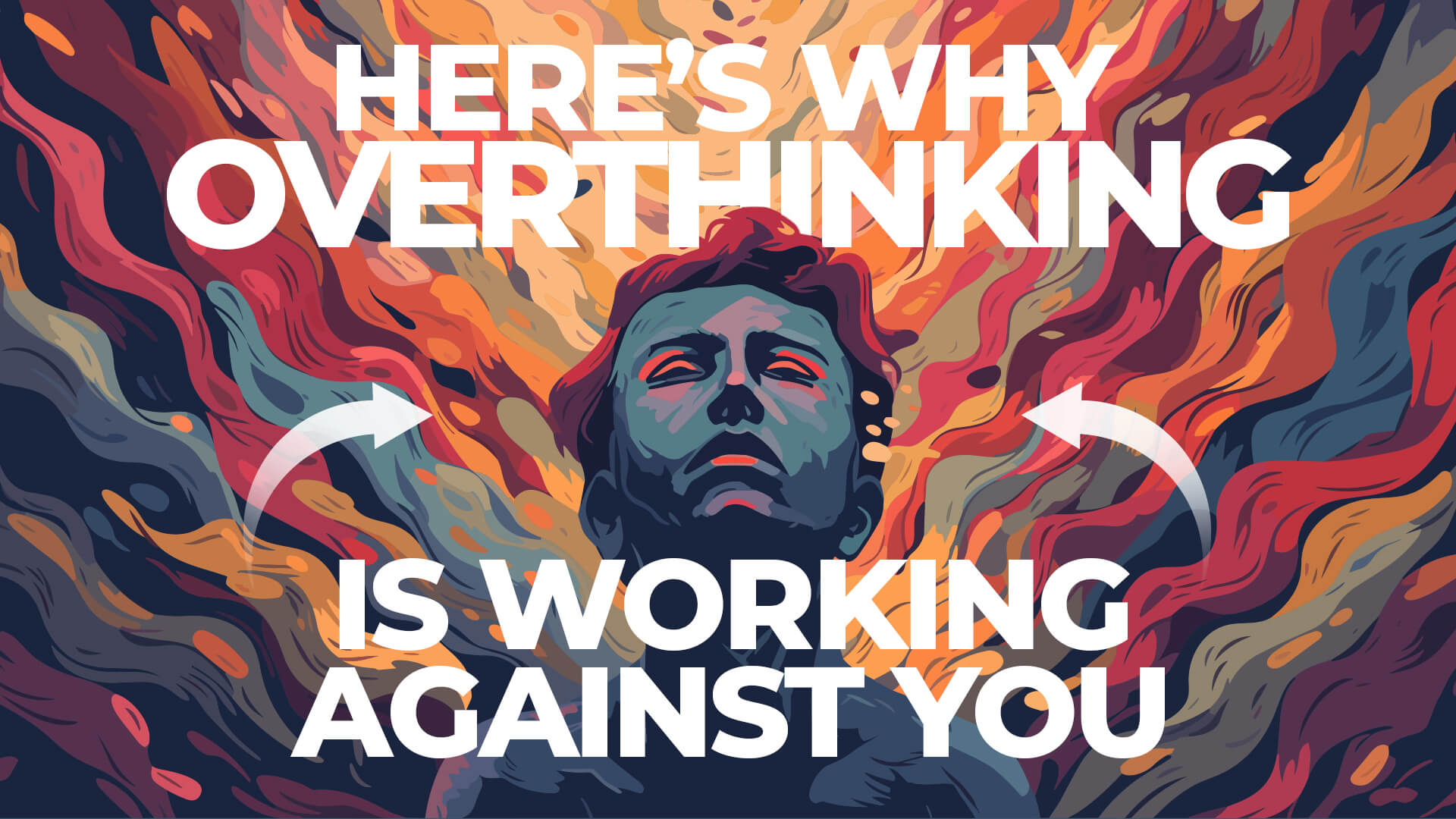In today’s information age, we’re constantly bombarded with new knowledge. From lectures and meetings to podcasts and articles, effectively capturing and retaining information is crucial for learning and personal growth. But with so much content to process, traditional note-taking methods can feel overwhelming and leave you with mountains of disorganized information.
This article explores five powerful note-taking methods designed to help you actively engage with learning materials, improve information retention, and turbocharge your knowledge acquisition.
1. The Cornell Method: A Structured Approach for Effective Recall
The Cornell Method is a versatile note-taking system that promotes active learning and information organization. Here’s a breakdown of its structure:
- Notes Section (70% of the page)
- Cues Section (10% of the page)
- Summary Section (20% of the page)
During lectures, meetings, or while reading, capture key points, ideas, and quotes in a concise and bulleted format in the largest section of the page.
Once you’ve finished taking notes, leave a margin on the left-hand side of the page. In this section, you’ll later jot down keywords, questions, or cues to jog your memory when reviewing your notes.
At the bottom of the page, dedicate a section to concisely summarize the main points covered. This step reinforces understanding and helps solidify information in your memory.
Benefits of the Cornell Method
- Promotes active learning
- Enhances organization
- Improves recall
The act of summarizing and creating cues encourages deeper processing of information.
The structured format ensures your notes are clear, concise, and easy to review.
Cues and summaries serve as memory triggers, facilitating information retrieval during study sessions.
2. The Mind Map: Incorporating Creativity and Visual Thinking
Mind maps are a visual approach to note-taking that utilizes diagrams and radiant thinking to capture information. Here’s how to create a mind map:
- Start with a central image or keyword
- Branch out with subtopics
- Add details and visuals
This represents the main topic of your lecture, meeting, or reading material.
Draw lines branching out from the central image, each representing a key subtopic or concept.
Include keywords, short phrases, or even images on each branch to elaborate on subtopics.
Benefits of Mind Mapping
- Encourages creativity
- Improves information organization
- Enhances recall
The visual format stimulates different areas of the brain, fostering deeper engagement with the material.
Mind maps provide a clear visual hierarchy of concepts and their relationships.
Visual cues and associations aid in memorizing information and recalling key points.
3. The Outlining Method: A Classic Approach for Linear Thinkers
The outlining method is a traditional note-taking approach that provides a clear and organized structure. Here’s how it works:
- Start with a main topic
- Create subheadings
- Add details and supporting points
Write down the main topic of your lecture, meeting, or reading material at the top of the page.
Identify key subtopics and create subheadings indented beneath the main topic.
Further indent and list supporting details, facts, or quotes under each subheading.
Benefits of the Outlining Method
- Provides clear structure
- Facilitates review
- Suits linear thinkers
The hierarchical format ensures your notes are organized and easy to follow.
The linear structure allows for quick scanning and identification of key points.
This method caters to those who prefer a logical, step-by-step approach to information processing.
4. The Sentence Method: Active Listening and Summarization
The sentence method focuses on capturing key ideas and arguments in complete sentences. Here’s how to implement it:
- Honesty and transparency
- Focus on the main points
- Paraphrase and condense
- Leave space for elaboration
Be honest and transparent with your partner, even when it’s difficult.
Listen actively and jot down complete sentences summarizing the main ideas presented.
Use your own words to rephrase complex concepts or condense lengthy explanations.
After capturing key points, consider leaving some space to add additional thoughts or questions later.
Benefits of the Sentence Method
- Encourages active listening
- Improves comprehension
- Provides clear and concise notes
Formulating complete sentences compels you to focus and synthesize information.
The process of paraphrasing reinforces understanding of key concepts.
Complete sentences present information in a readily digestible format.
5. The Charting Method: Organizing Complex Information
The charting method is ideal for taking notes on materials that involve comparisons, classifications, or cause-and-effect relationships. Here’s how to create a chart:
- Identify relevant categories
- Create a table structure
- Fill in the chart
Depending on the content, determine the categories you’ll use to compare or classify information. For example, in a lecture comparing different historical periods, categories might be “Social Structure,” “Political Systems,” and “Economic Trends.”
Draw a table with rows and columns, with categories listed as column headings.
As you listen or read, record relevant details and information under the corresponding categories in each row.
Benefits of the Charting Method
- Enhances organization
- Facilitates comparison and analysis
- Improves information retention
Complex information is presented in a clear and visually organized format.
Charts allow for easy identification of similarities, differences, and relationships between concepts.
The visual layout aids in memorizing key points and recalling specific details.
Choosing the Right Note-Taking Method for You
The most effective note-taking method is the one that best suits your learning style and the specific material you’re working with. Here are some tips for choosing the right method:
-
Consider your learning style
-
Evaluate the material
-
Experiment and adapt
Are you a visual learner who thrives on mind maps? Or do you prefer the linear structure of an outline? Reflect on how you typically process information and choose a method that aligns with your strengths.
Is the lecture heavy on dates and statistics? A chart might be a good choice. Are you reading a dense philosophical text? The sentence method might help with comprehension.
Try different methods and see what resonates with you. Don’t be afraid to adapt a technique to fit your needs or combine elements from various approaches.
Enhancing Your Note-Taking with Technology
Technology can be a powerful tool to elevate your note-taking game. Consider these options:
- Note-taking apps
- Voice recording
- Digital flashcards
Several apps offer features like digital notepads, mind-mapping tools, and audio recording capabilities.
Record lectures or meetings and transcribe them later to capture all the details.
Use digital flashcards to create summaries or key points from your notes for easy review.
Taking Effective Notes is an Ongoing Process
Developing strong note-taking skills is a journey, not a destination. With practice and experimentation, you’ll discover the best methods for you, empowering you to engage with learning materials actively, retain information more effectively, and ultimately achieve your learning goals.
What note-taking methods have you found helpful? Share your experiences and tips in the comments section below! Let’s create a community of learners who can support each other in the pursuit of knowledge.
FAQ – Frequently Asked Questions
- What should I do with my notes after I take them?
Don’t let your notes gather dust! Review your notes regularly to solidify information in your memory. Consider using your notes to create study guides, flashcards, or mind maps for further review.
- I get overwhelmed by the sheer volume of information. What can I do?
Don’t try to capture everything. Focus on the most important points and key takeaways. Additionally, consider breaking down large chunks of information into smaller, more manageable sections.
By incorporating these strategies and choosing the note-taking method that best suits your learning style, you can transform the way you learn and unlock your full potential.
Reach Dr. Chandni’s support team at +918800006786 and book an appointment.










